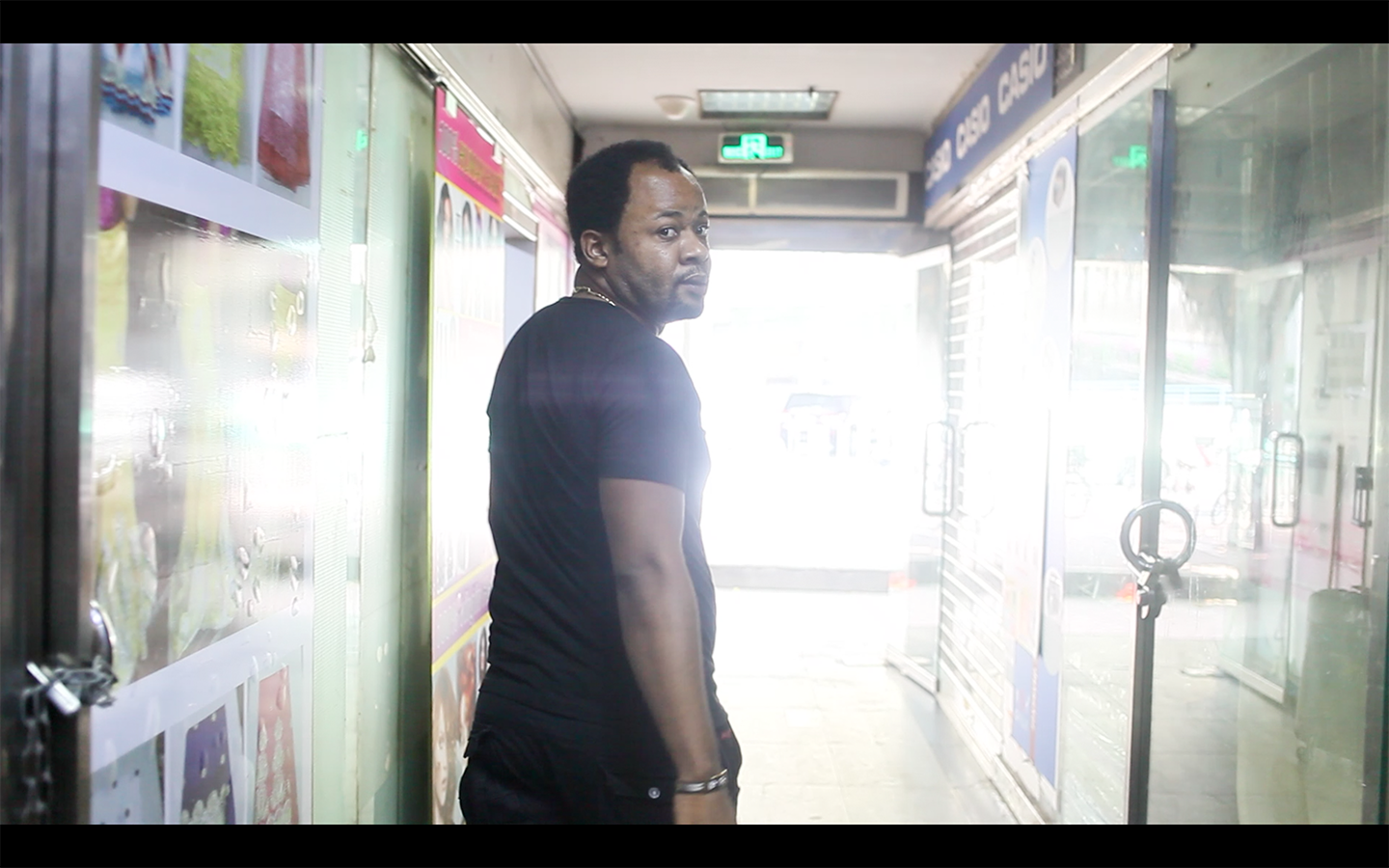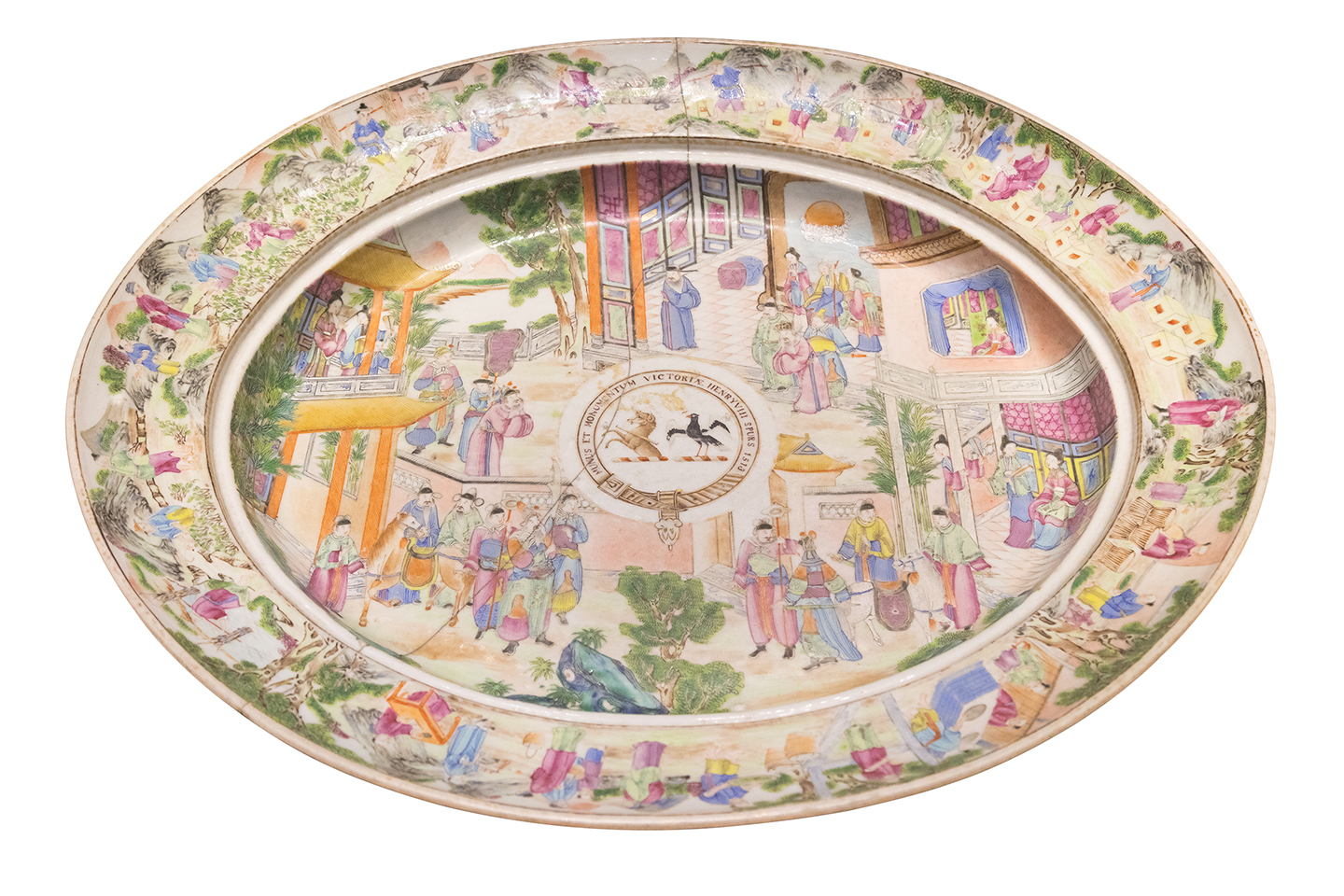‘The Port and the Image’ – The Diffuse Radiation of Guangzhou’s Trade History
According to “The History of the Port of Guangzhou,” Panyu (Guangzhou’s original name) began to grow as a port city in the Qin and Han dynasties. As Guangzhou developed, it became China’s first real port city. During the Han dynasty, China’s foreign trade reached new heights, and ships from Guangzhou, Xuwen, and Hepu sailed toward South Asia, traversing the Indian ocean to form what was to become the Maritime Silk Road. This became a crucial element in establishing communication and exchange between the civilizations of the East and the West.
From the Three Kingdoms period to the Sui dynasty, the international shipping industry began to develop; it was during this period that Guangzhou became the epicenter of all of China’s foreign trade. In the Tang dynasty, Guangzhou entered a new golden age. It blossomed into China’s largest port, and was one of the largest ports in the world at the time. Over this period, porcelain, silk, paper, copper, iron, gold, and silver all flowed out of Guangzhou as exports.
As a result of its unique geographic conditions, Guangdong was the earliest port city in China, and maritime trade has made a huge impact on the development of the city from the very beginning. When asked about their profession, a lot of people in Guangzhou today would say they work “in business”, yet the meaning of this common phrase is in fact so ambiguous that it almost suggests a sense of mystery. Out of curiosity, Jiang Yanmei starts to examine the current business environment in Guangzhou in her documentary through the eyes of three foreigners doing business in the city: Vasha the Russian student reseller, Mauro the Italian shoe trader, and Felly the African businessman. In the montage of images of these men and the local wholesale markets, the lurking relationships between people and places and between newcomers and the native population begin to surface.
Unlike Jiang Yanmei, whose work expands on the present, Chen Wenjun chooses to start from the maritime trade history of Guangzhou. He combines historical materials with the current changes in the appearance and functions of the Port of Guangzhou to record the causal relationship between trade and development. The materials he uses, from the navigation chart that is believed to show the route between Shizimen and Shisanhang (Shizimen was an important waterway to Guangzhou that provided anchorage for foreign merchant ships, and Shisanhang, also known as the “Thirteen Factories”, was the name of the original thirteen trading posts in Guangzhou and later became a general name for foreign trade businesses), to detailed descriptions of and users’ instructions for export porcelain, are all important references to Guangzhou’s significance as part of the Maritime Silk Road and correlate vertically with the development of the city. As seen in the 1665 copperplate panorama of Guangzhou, the map of the city was shaped into a claustrophobic golden bell and stood at once in harmony with and in opposition against the numerous ships down the coast.
Looking back now, this sight may have anticipated the unknown and dramatic changes maritime trade would bring to the ancient port city in the coming centuries, and they will also find their contemporary response in Chen Wenjun’s portrayals of industrial traces, bridges under construction and the modern look of the port.
-
2019/08/22

-
Guangzhou

-
Wang Huan


the other map
Explore arrow
arrow
loading map - please wait...













